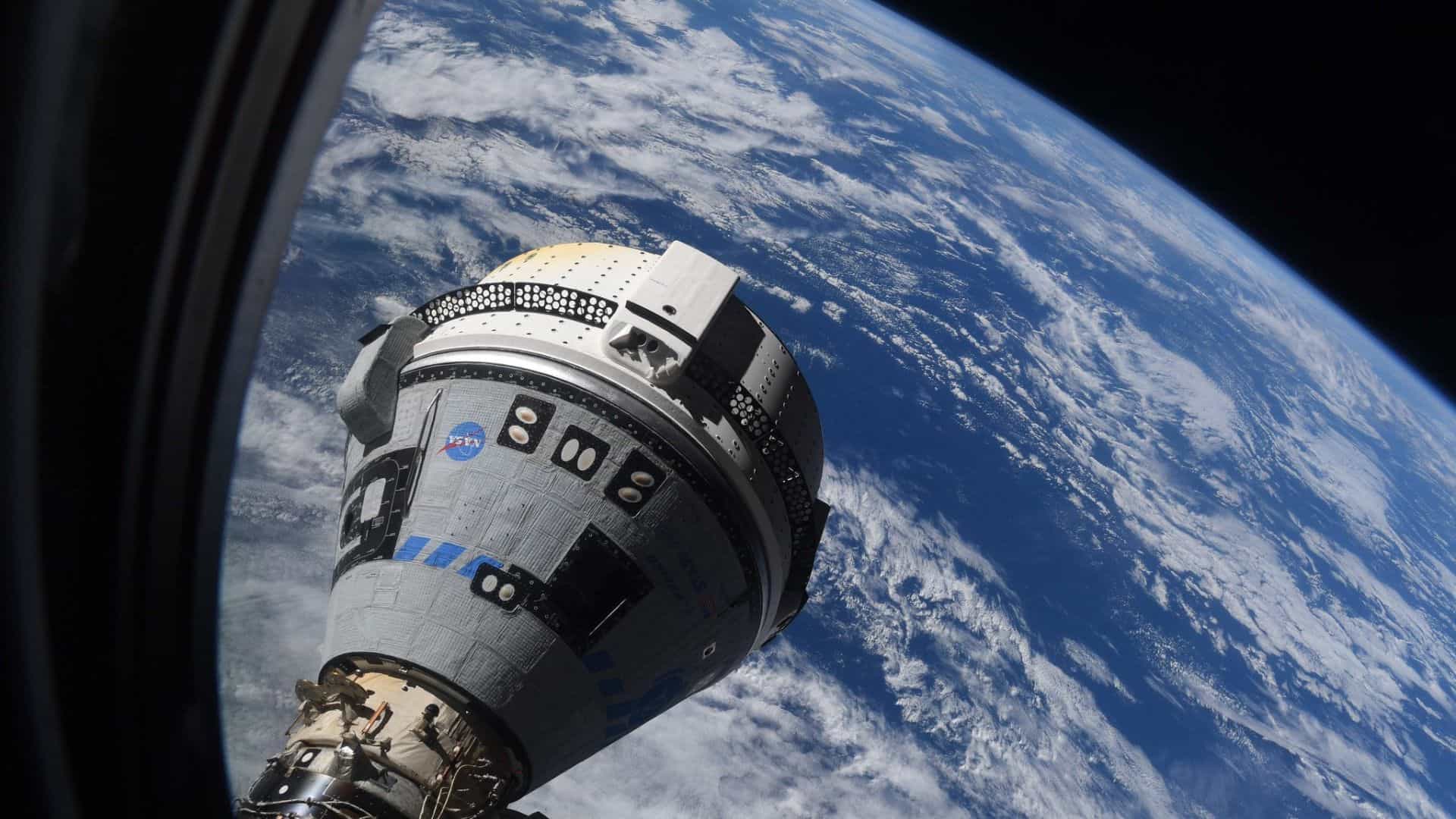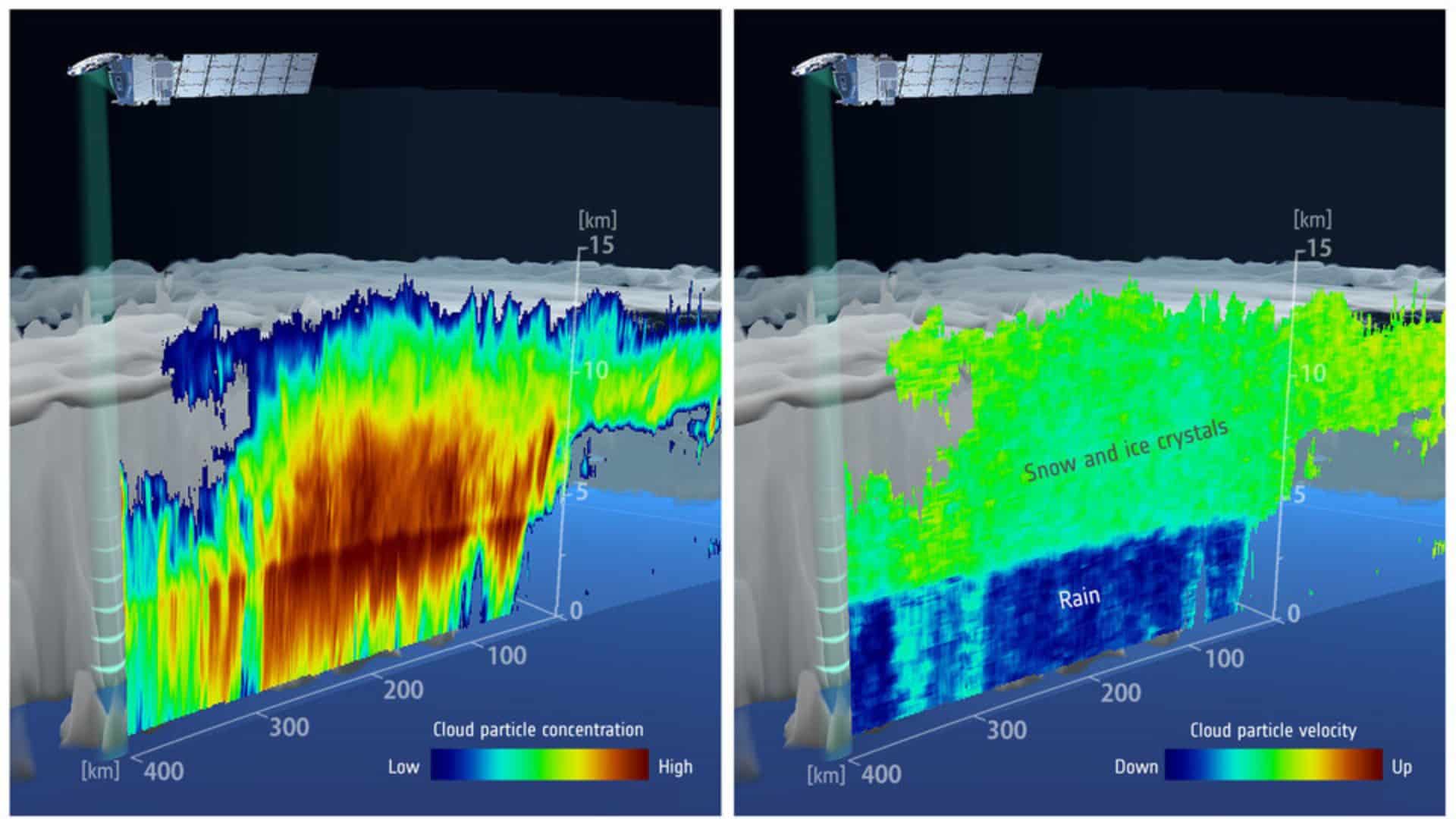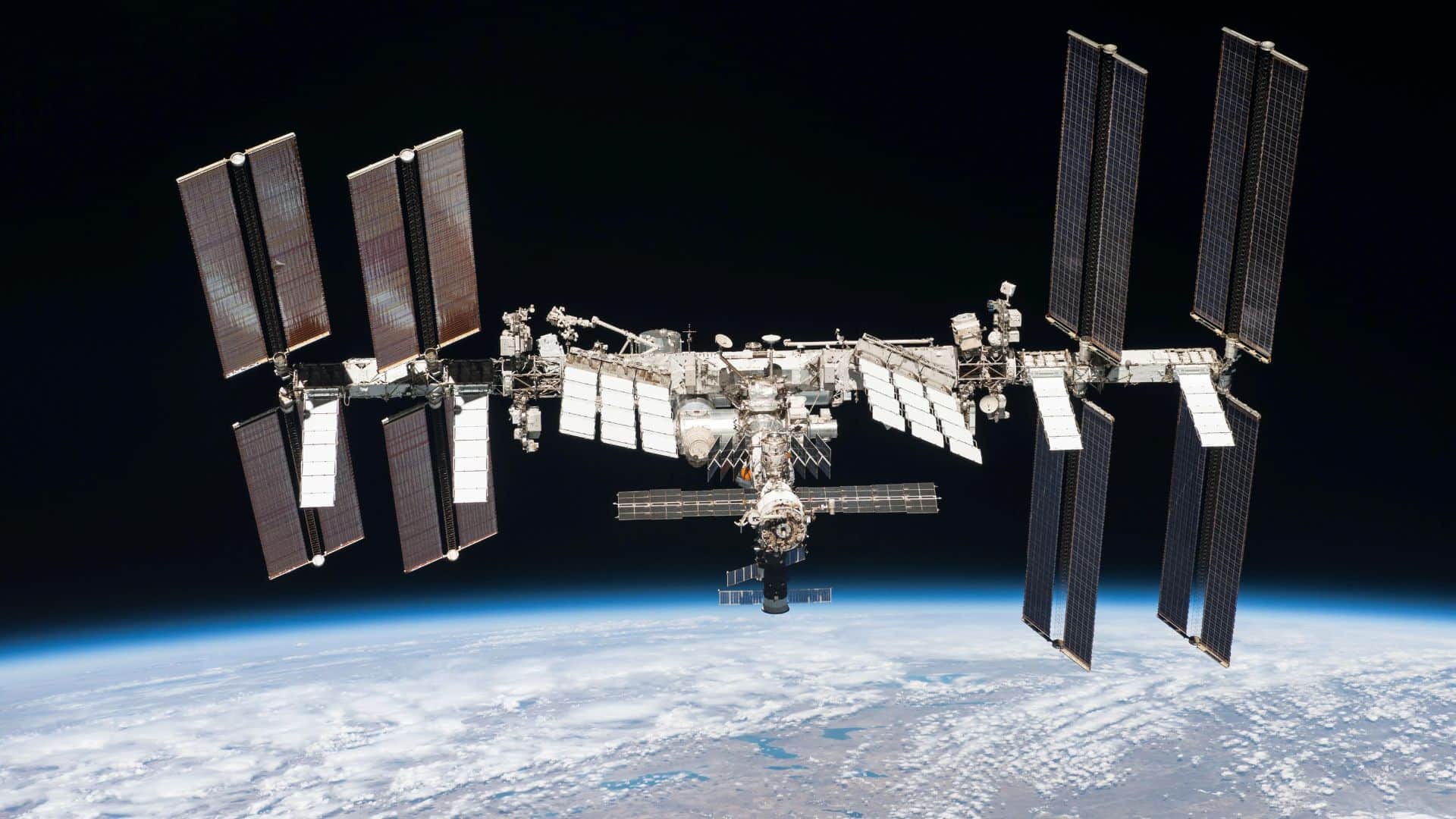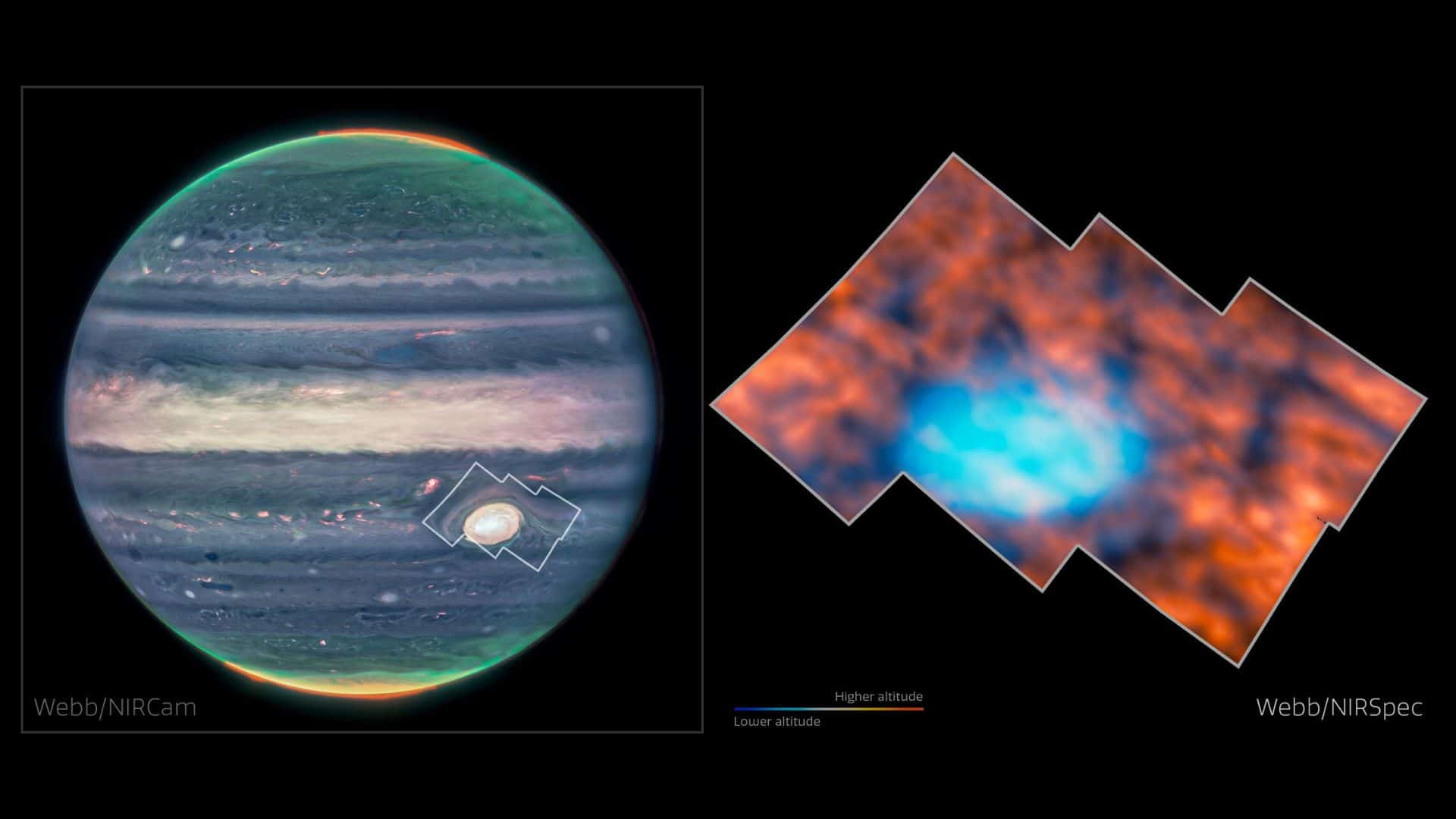Sorry friends, we won’t get photos of the lunar touchdown moment of Odysseus lander.
EagleCam, an onboard camera system on the Odysseus lander, didn’t separate from the lander to capture the moment of lunar touchdown.
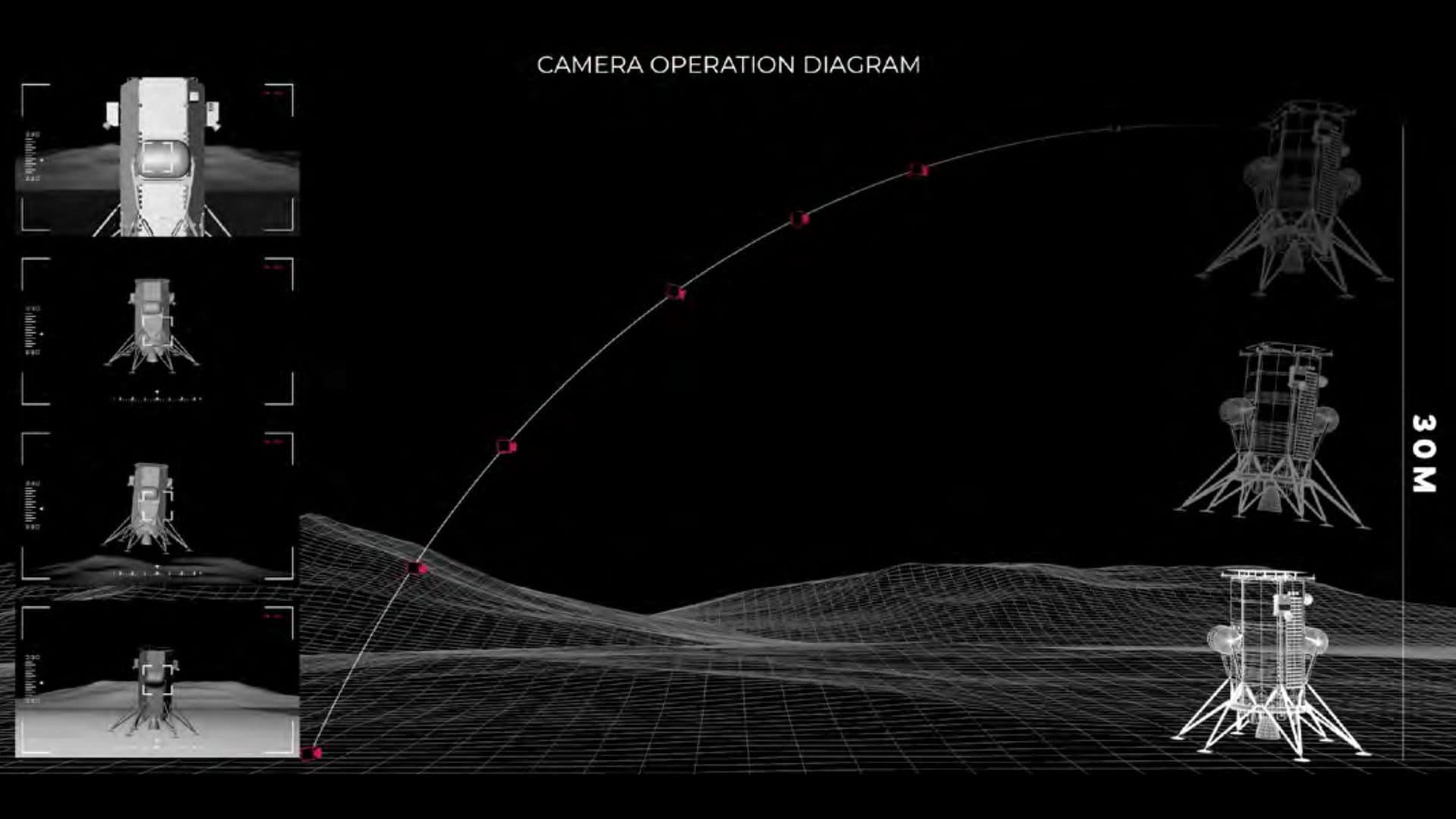
The camera was designed to separate from the Odysseus lander during descent when the lander was approximately 100 feet (30 meters) above the lunar surface so that it could take moon landing photos of the lander from the ground.
According to the statement of Embry‑Riddle Aeronautical University, which built this camera:
“Due to complications with Odysseus’ internal navigation system — specifically concerning the software patch to navigation data to include NASA’s NDL (Navigation Doppler Lidar) payload, which is meant to ensure a soft landing — the decision was made to power down EagleCam during landing and not deploy the device during Odysseus’ final descent.”
“However, both the Intuitive Machines and EagleCam teams still plan to deploy EagleCam and capture images of the lander on the lunar surface as the mission continues.”
The time of deployment is currently unknown.
Related article: Know the current status of Odysseus moon lander
Intuitive Machines’ Odysseus lander carried total 12 payloads (scientific instruments) to the lunar surface including six payloads of NASA. EagleCam was one of those instruments.
The students of Embry‑Riddle Aeronautical University designed and developed the miniature satellite camera system, called EagleCam. The EagleCam project was started in 2020.
In addition to take photos of the spacecraft from the lunar surface like a third person view, the device will test an electrostatic dust-removal system meaning it will test an experiment on how to keep the glass on astronauts’ helmets clean, offering greater visibility in space.
Related article: US private moon lander Odysseus makes historic lunar landing
Please follow us on Facebook and Twitter to get latest space news, upcoming skywatching events and astronomy-related content.
